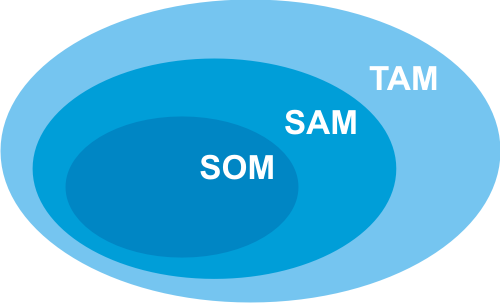Articles Description
Why solving something painful matters more than building something cool
The #1 Mistake First-Time Founders Make
Let’s be honest: most startups don’t fail because the founders couldn’t code.
They fail because they built something nobody really needed.
Too many founders fall in love with their idea — a product, a feature, a shiny solution — instead of obsessing over the problem that actually needs solving.
The truth is simple:
Your idea doesn’t matter until the problem it solves matters.
If you can’t describe the pain your product addresses in one clear sentence, your roadmap, your pitch, and your growth plan are already in trouble.
What Makes a Problem Worth Solving?
Great startup problems share three traits:
- They’re specific – not vague or theoretical.
- They’re painful – the user actively feels the friction.
- They’re underserved – existing solutions are clunky, slow, or overpriced.
If users don’t feel urgency, your product becomes a “nice to have.”
And nice-to-haves don’t survive early-stage testing.
The Problem Statement Formula
To write a clear, punchy problem statement, use this simple structure:
“We help [target user] who struggles with [pain], to [achieve outcome].”
Let’s break that down:
- [Target user]: A real, relatable group with shared context
- [Pain]: Something they actively struggle with or dread
- [Outcome]: A result they care about — deeply
Examples:
“We help remote freelancers who struggle with finding trustworthy gigs, to land short-term work from verified clients within 3 days.”
“We help solo HR managers who struggle to filter startup vendors, to run structured innovation challenges and shortlist partners in one week.”
This type of statement instantly creates clarity. It shows who you serve, what hurts, and what your product makes better.
Bonus: Think in Jobs-To-Be-Done
Sometimes the user doesn’t say the problem directly. But they’re still trying to “get something done.”
That’s where the Jobs to Be Done (JTBD) framework comes in:
“When [situation], the user wants to [motivation], so they can [expected outcome].”
This shifts your thinking from features to real-life progress.
Example:
“When a customer support team receives a spike in angry tickets, the team lead wants to prioritize them based on tone and urgency, so they can de-escalate quickly and protect their NPS.”
JTBD helps uncover hidden needs that drive behavior — especially in B2B and service environments.
How to Validate Your Problem in 5 Steps
- Start with a niche. Avoid “everyone.” Pick a tight, relatable segment.
- Talk to real users. Interview 3–5 people. Listen for emotion, not just facts.
- Look for workarounds. If users are hacking together ugly solutions, you’ve found pain.
- Write your problem statement and JTBD. Treat them as hypotheses.
- Test your phrasing. Share it in a Slack group, tweet it, or use it in a cold email. If you get nods or replies like “This is me,” you’re onto something.
Founder Insight
“The more tightly you define the problem, the easier it is to build, market, and sell your solution.”
Your MVP becomes simpler. Your messaging becomes sharper. Your users feel seen.
And investors? They stop asking, “But who is this for?”
Final Thought
Every great startup starts with a problem — not a product.
If you're still refining your idea, don’t jump into building mode yet.
Start with this question:
What’s a problem I care enough to solve better than anyone else?
Once you can answer that with conviction and clarity, your product journey has already begun.

 Madarek Article
Madarek Article

















